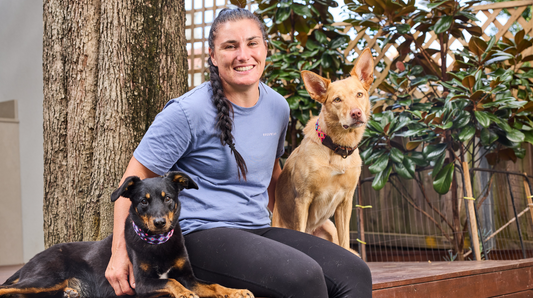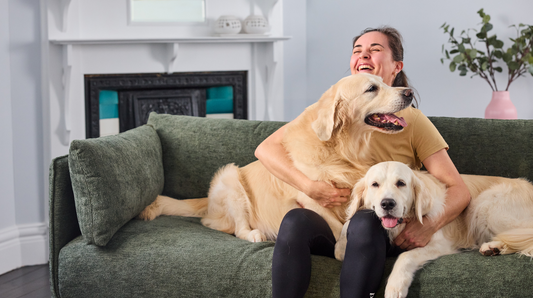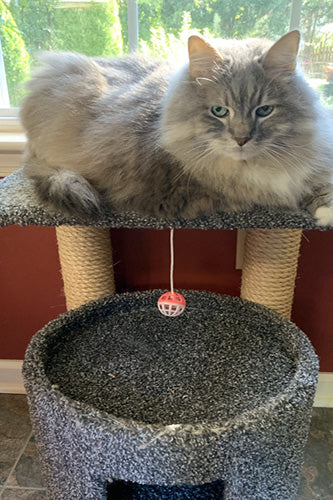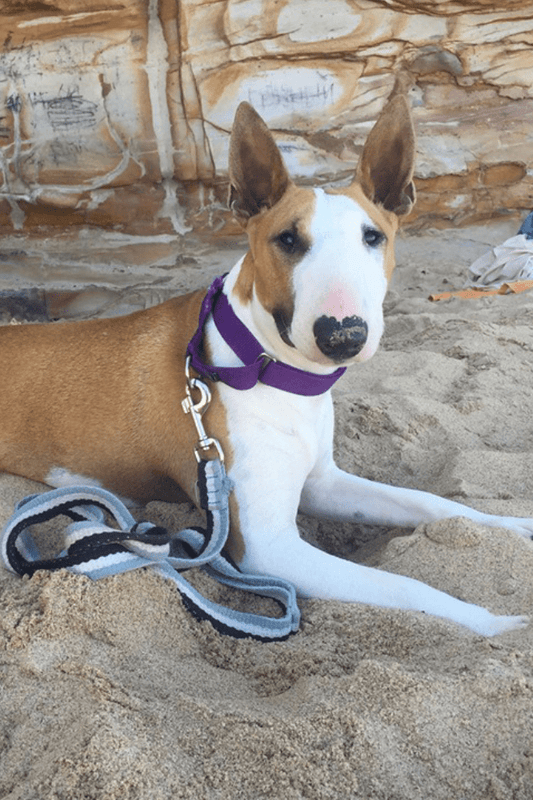Gorgeously graceful, sumptuously soft, long-haired cats are truly stunning, but keeping their coats in tip-top condition can feel like a full-time job. So, how can you prevent their stunning locks from getting out of hand? Keep scrolling for tips to keep your kitty mat-free and looking fabulous!
Long-haired cats
Like most breeds of cat, long-haired cats have an undercoat and an outer coat of guard hairs. The undercoat is fine and fluffy and acts as an effective insulator, keeping your cat warm. The guard hairs are the outer layer of fur, which in long-haired cats is also often finer and softer than in short-haired cats.
Of course, you can get mixed-breed long-haired cats (domestic long-haired), but there are a variety of pure-breed long-haired cats. These are some common long-haired breeds.
- Ragdoll
- Maine Coon
- Persian
- Norwegian Forest Cat
- Siberian
- British Longhair
- American Bobtail
- Birman
- Himalayan
- LaPerm
What causes matted fur in cats?
Unfortunately, matting is a part of life with long hair, and long-haired cats are much more prone to matting than short-haired cats—purely because the longer strands are more likely to become tangled. But there are a few things that can increase the likelihood of matting.
Undercoat shedding
As the undercoat sheds, it can become tangled in the outer guard hairs and can’t get free, causing a mat to develop.
Oils
The natural oils in the skin and coat can sometimes cause clumps of fur to form.
Skin issues
Allergies, skin conditions, parasites and other infections can result in mats.
Over-grooming
Excessive licking, biting, and chewing can cause knots to develop, whether caused by stress or other health concerns.
Health conditions
Coat problems are one of the first signs of a medical condition, so please always consult your vet. In particular, cats with mobility problems may struggle to reach to groom themselves properly.
Why is matted hair bad for cats?
Mats in your cat’s fur can start out as a bit annoying, and are frustrating to feel as you run your hand over them, but left untreated, they can cause your cat discomfort, eventually resulting in painful skin conditions. Mats slowly get tighter, pulling on the skin. They cause the skin to feel itchy and become hot and sweaty. This can trigger skin conditions, causing irritation, inflammation, and potentially painful infections, so it’s important to keep your cat’s fur detangled.
How to prevent your cat’s fur from matting
Regular grooming
Build grooming into your daily cat-care routine. If your cat has never been groomed before, they may take a while to get used to it, but with perseverance, they should start to enjoy their daily pampering. Choose brushes and combs specifically designed for long hair to ensure you keep them mat-free. Long coats are most manageable if you keep on top of them with regular grooming, before the tangles take hold.
Be aware of any health issues
Some health conditions, such as hyperthyroidism, can impact your cat’s coat health, so if you notice any changes, it’s best to get them checked by a vet.
Other conditions may mean they are struggling to keep up with their grooming needs. Joint pain, in particular, may make it too painful for your cat to reach everywhere, particularly their back and hind legs. If you notice they are struggling, talk to your vet and consider a joint supplement to support their mobility.
Feed them well and consider a supplement
Skin and coat health depends on the right nutrients reaching the skin. Fatty acids are vital to healthy skin, which can then support the growth of a healthy, glossy coat. If your cat isn’t getting the right nutrients, it may result in dry, flaky skin and fur that is prone to matting or even an increase in oils, which again risks matting.
Ensure your cat is on a high-quality diet, and consider giving them a supplement which is designed to support skin and coat health.
How to gently remove mats from your cat’s fur.
- Ensure your cat is relaxed and stop as soon as they show signs of discomfort. It may take several attempts to remove a mat.
- Use a specially designed de-tangling comb, and you may consider a detangling product such as a spray or powder to help you.
- Start on the outer edges of the mat, furthest from the skin, and gently tease out the hairs. Keep going until the mat is detangled.
- If you can’t remove the mat with a comb, you can use blunt-ended scissors to carefully cut it out. However, be very aware of where the mat ends and the skin starts. Never cut too close to the skin.
- If you can’t safely remove the mat, seek professional help from your vet or a professional groomer.
When should you use clippers on a long-haired cat?
Ideally never. This should be left to a professional. If the mats have become so dense that you need to resort to clippers, always consult a professional. This is particularly important if your cat has signs of skin irritation, is in pain, or the matting is severe. They may need sedation or medical attention.
It is also not recommended that you clip your cat’s fur in hot weather. Doing so can put them at risk of other issues, as their coat is their protection from the outside world. They may be sunburned, more likely to injure themselves, and unable to regulate their heat properly.
Looking for a supplement for your long-haired cat’s coat?
Antinol® Plus contains a potent blend of marine lipids. Extracted from Green-lipped mussels and Antarctic Krill, and concentrated into our easy-feed capsules, Antinol® Plus supports your cat’s skin health, resulting in that gorgeous, glossy coat of dreams! Plus, a healthy coat means reduced shedding—so less fur on your clothes and more on your cat.









